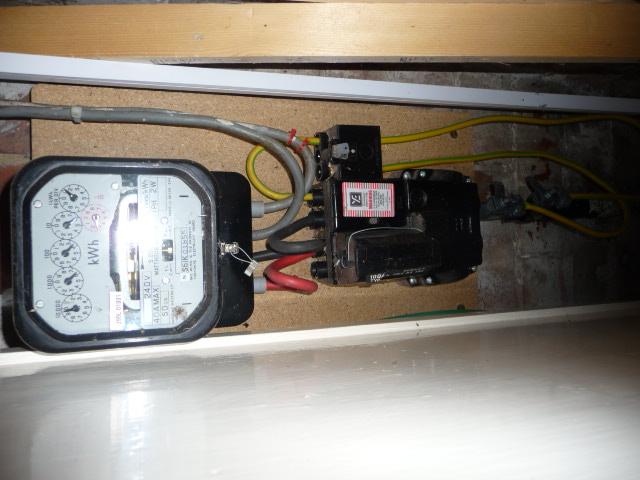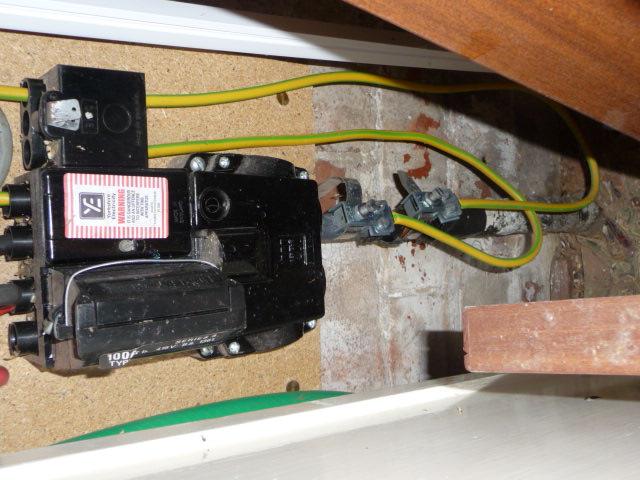- Joined
- 27 Feb 2010
- Messages
- 14
- Reaction score
- 0
- Country

My house was professionally rewired in 1997. I recently replaced 8 individual kitchen R60 spots (2 circuits) with 4 sets of 3xGU10 spots. These came with halogen and all worked as expected. I recently replaced these with LED spots, and in one circuit I notice that the leds are still (very dimly) lit even when the switch is off. If I replace one of the leds with a halogen, then there is no glimmer, but it returns as soon as i take the halogen out. If I take out one led spot, and measure the voltage with a digital voltmeter, I get either get a reading or a few volt (<10) which then drops to 0 very soon, or sometimes I get a constant 37v reading.
I'm baffled! Any suggestions? Should I get this investigated? Apart from the very low cost of the electricity used (the leds are 4w each and presumably only draw 0.6w each when "off", so about 5.5kw/year for 6 of them), tI don't really mind about glimmer. I've checked all switches and nothing obviously amiss.
Thanks
I'm baffled! Any suggestions? Should I get this investigated? Apart from the very low cost of the electricity used (the leds are 4w each and presumably only draw 0.6w each when "off", so about 5.5kw/year for 6 of them), tI don't really mind about glimmer. I've checked all switches and nothing obviously amiss.
Thanks



